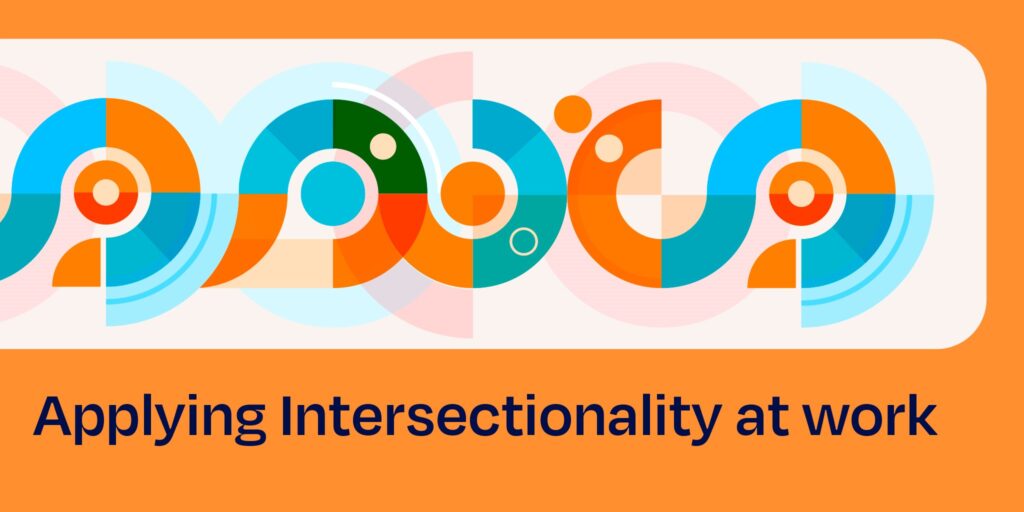- K Crenshaw, “Demarginalizing the intersection of race and sex: a Black feminist critique of antidiscrimination doctrine, feminist theory and antiracist politics”, University of Chicago Legal Forum, 1989, 1989(1):139–167.
O Hankivsky, Intersectionality 101, Institute for Intersectionality Research and Policy, Simon Fraser University, 2014;
Scottish Government, Using intersectionality to understand structural inequality in Scotland: evidence synthesis, Scottish Government, Edinburgh, 2022; K Lim, S Harmer, S Cerise and D Marshall, Challenging power in the boardroom: why intersectionality matters and how you can apply it – to diversity, equity and inclusion, and beyond, The Equality Institute, Melbourne, 2023.

